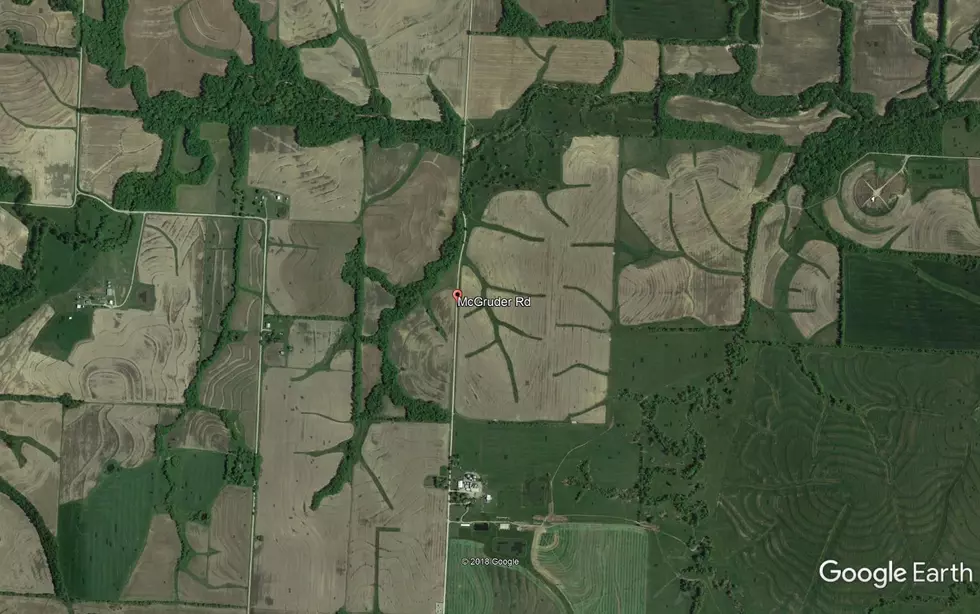
Energy Transfer to Perform Pipeline Maintenance Friday
UPDATE: Energy Transfer has successfully completed its safety testing of the Houstonia 400 natural gas pipeline. The testing on this 30-inch line, which ran from the Houstonia station and the Lamine River was completed Friday.The pipeline is expected to be back in service on Friday, Sept. 6.
UPDATE: Energy Transfer announced today that it plans to re-test portions of its Houstonia 400 30-inch underground natural gas pipeline near McGruder Road, as part of its ongoing pipeline safety management program. The test using water will take place Friday, Aug. 30, beginning at 6:30 a.m. and ending at approximately 8 p.m.
Energy Transfer announced Wednesday that a section of its Houstonia 400 30-inch underground natural gas pipeline near McGruder Road is scheduled to undergo maintenance as part of its ongoing pipeline testing program. Following this maintenance operation, the pipeline will be re-tested at a date and time that has yet to be determined.
The Houstonia 400 line is part of the Panhandle Eastern Pipe Line transmission system, which consists of four pipelines extending approximately 1,300 miles from producing areas in the Anadarko Basin of Texas, Oklahoma and Kansas to Missouri, Illinois, Indiana, Ohio and into Michigan.
Energy Transfer will continue to provide updated information through press releases.
The hydrotest is designed to test the strength of the pipe using water, which will subject the pipeline to a pressure significantly higher level than during normal operations. The test takes place in two phases. The first phase is a spike test which takes the pipe to a pressure that meets or exceeds the minimum yield strength of the pipe and last for 30 minutes.
The second phase of the test is at a lower pressure than the spike test, but is still well above the normal operating pressure of the pipe for eight hours. This test protocol is in accordance with regulatory requirements.
It is very common when testing pipelines to identify areas that need maintenance work. Additionally, if the line does not hold the water at the increased pressure, nearby landowners may hear a noise as the water is released from the pipe. There is no cause for alarm if this happens, rather it identifies specific segments in the line that need to be repaired or replaced, which is the purpose for the test.
More From AM 1050 KSIS









